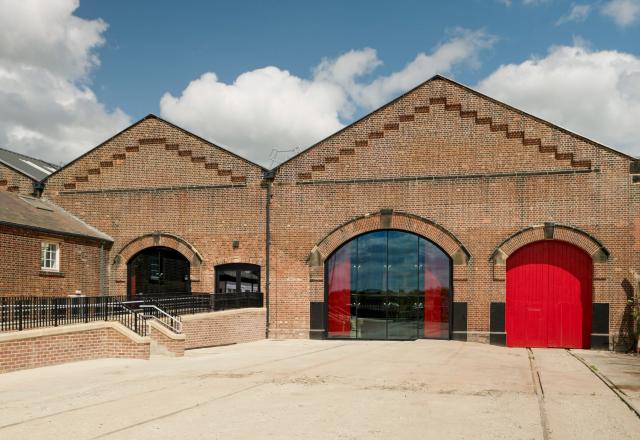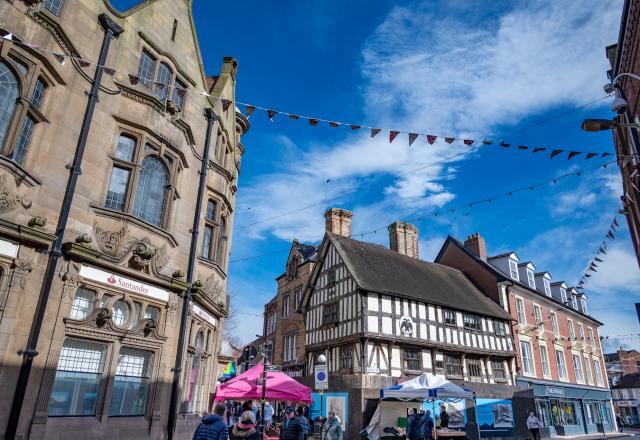The Science and Industry Museum sits on the site of the world's oldest surviving passenger railway station, at the heart of the world's first industrial city. Essential repair work is now taking place to restore its iconic 1830 Viaduct and the gantry connected to the Power Hall, a piece of once cutting-edge technology that shows how the historic station was transformed into a busy goods depot. Both structures are long-standing symbols of Manchester's industrial past.
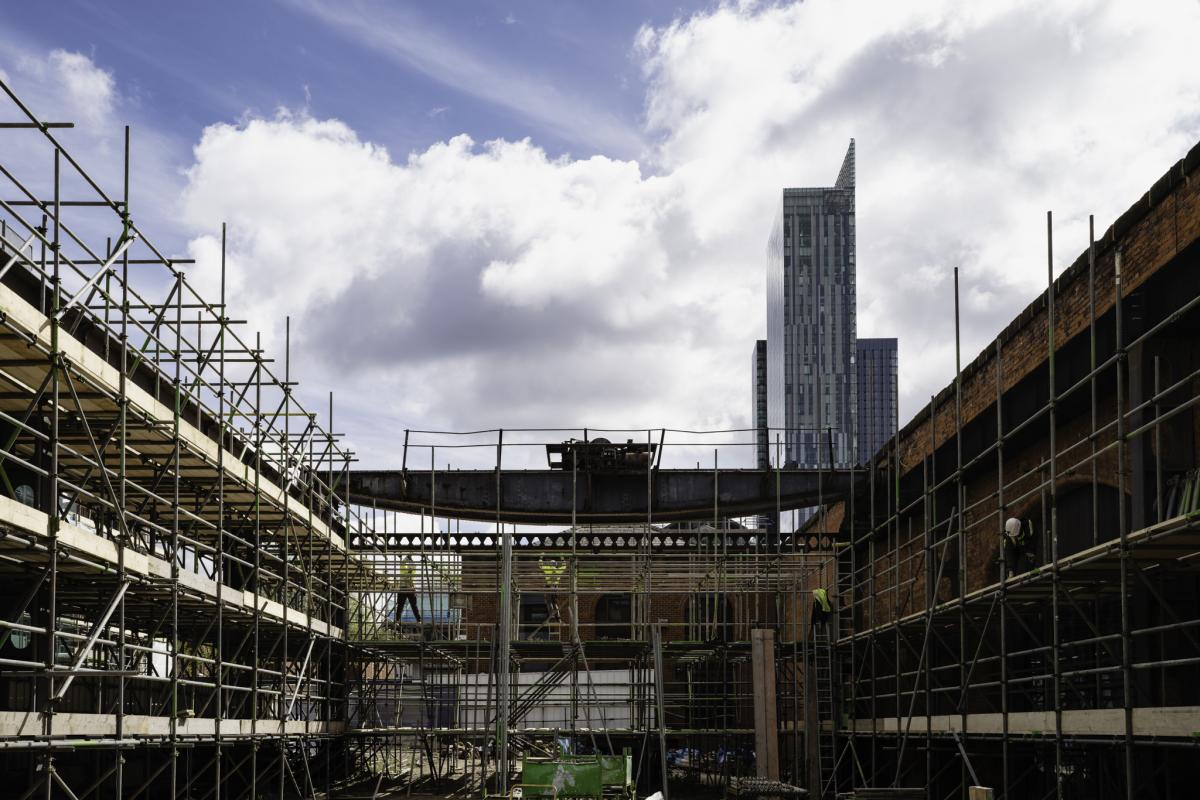
This next stage of conservation work is part of a multi-million-pound restoration programme taking place across the Science and Industry Museum's globally significant site. Visitors will be able to see engineering in action as scaffolding is erected around the gantry to enable much-needed repair and conservation works. Innovative waterproofing solutions are also being put in place across the 1830 Viaduct to futureproof it for years to come.
These works have been made possible by the museum's current £14.2 million worth of national capital funding by the Department of Culture, Media and Sport (DCMS) to complete urgent repairs across New Warehouse, the gantry and the 1830 Viaduct.
The 1830 Viaduct is part of the site's original railway station, which opened in September 1830. Liverpool Road Station was the Manchester terminus of the world's first inter-urban railway, which connected industrial Manchester with Liverpool's docks. The railway's engineer, George Stephenson, designed the Viaduct to solve the problem of Liverpool Road's sloping land, creating a flat upper level to support the railway tracks.
Mostly hidden by the station's buildings, the Viaduct runs from the middle of the Power Hall out towards Water Street. Together with the 1830 Station, it makes up the most complete surviving early railway station complex in the world and serves as a tangible reminder of Manchester's key role in the Industrial Revolution.
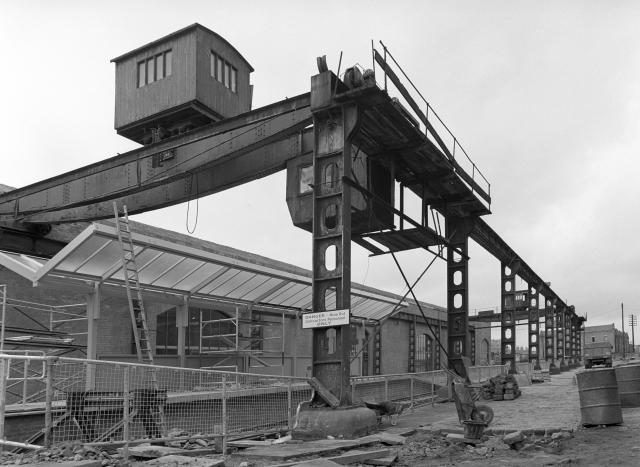
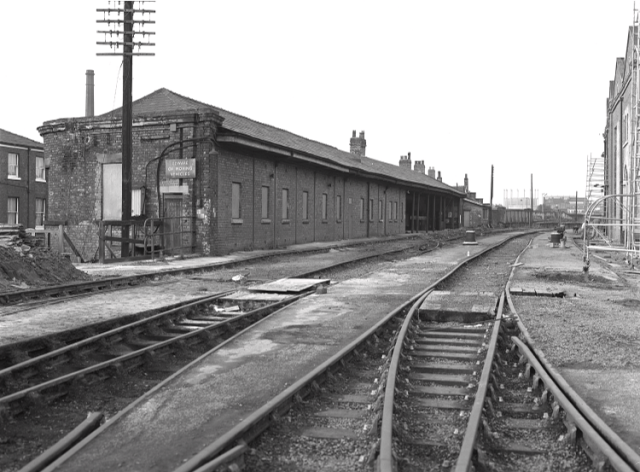
The 1830 Viaduct is in need of essential repairs to reverse historic water ingress and protect it from predicted increase in rainfall over the coming years. Repairs include:
The temporary removal of track and ballast to allow the museum to undertake secondary surveys of the water damage and repair work needed.
- Drainage of water currently trapped across the Viaduct.
- Application of new waterproofing solution to future-proof the Viaduct for generations to come.
- Reinstallation of track to reflect the site's original history as a working railway station.
The gantry was built during the 1880s. It supported travelling cranes that moved heavy goods from one wagon to another. This was cutting-edge technology at the time and was designed to help workers handle the loads coming on and off the railway. At 72 metres long and nearly 8 metres high, it's a monumental structure on site, showcasing the ingenuity and innovation that characterised the industrial era. It was constructed after passenger services to Liverpool Road Station had stopped and marks the transformation of the site into a hub of goods handling as trade and industry in Manchester boomed. Although not statutorily listed in its own right, the gantry lies within the curtilage of the Grade II listed Power Hall, due to reopen in Spring 2025, and contributes to the museum's historic setting.
Essential repairs will ensure the gantry remains at the heart of the Science and Industry Museum’s iconic site. They include:
- Stripping old paint to care for the metal structure, removing rust and repairing areas impacted by water damage.
- Fundamental structural repairs to the metal work including infilling areas after rust and corrosion has been fixed.
- Introduction of new waterproofing measures to protect the structure from any further water damage, including new canopies above the southern end of the gantry beam to divert rainwater and adding drainage points into the crane beams to allow trapped water to escape.
- Repainting of the gantry to help defend it against future corrosion and decay.
Sally MacDonald, Director of the Science and Industry Museum, says:
'We are so excited that another stage of the site's multi-million-pound restoration project is underway. The gantry is an iconic structure in Castlefield's skyline and we're looking forward to repairing and restoring it for generations to come. The 1830 Viaduct also plays such an important part in telling the story of our historic site in connecting Manchester with the wider world.
This work may cause some disruption which we will try to keep to a minimum, but we hope visitors continue to enjoy visiting the museum where they can see live engineering and innovation in action as we continue to care for our historic site.'
Alex Scrimshaw of Buttress says:
'Being part of this significant restoration project at the Science and Industry Museum is a privilege for us. Contributing to the preservation of Manchester's significant industrial heritage through the repair work on the iconic gantry and 1830 Viaduct is truly rewarding.
This effort, alongside ongoing restoration work across the site, underscores our dedication to safeguarding historic landmarks for future generations. We look forward to seeing these structures restored to their former glory, standing as testaments to Manchester's pivotal role in the Industrial Revolution.'
The conservation of the gantry and the 1830 Viaduct will take place alongside additional restoration work happening to buildings across the site, including the New Warehouse and Upper Yard. It follows the restoration of the Station Agent's House with Landmark Trust and the award-winning new Special Exhibitions Gallery which opened in 2021.
This work will run alongside the current repair and improvement of the Power Hall and the site's ambitious decarbonisation work, and future plans that will enable visitors to enjoy every space across the expansive site in the coming years. This will include a new experience in the 1830 Station, an interactive Wonderlab gallery for young visitors, a new connecting route through to Aviva Studios, significant new outdoor landscaping and public realm provision and opportunities for outdoor play.
The restoration work to the gantry and 1830 Viaduct is expected to be complete by Spring 2025 when the museum also plans to reopen its iconic Power Hall. The museum will remain open throughout and is available for evening events in the Revolution Manchester gallery and in the 1830 Warehouse across 2024 and 2025.
From our journal
We're Hiring: Assistant Heritage Consultant
We are looking for an assistant heritage consultant to join our heritage consultancy team.
Thousands flock to The Harris as Wallace & Gromit Exhibition draws record crowds on opening weekend
Oscar-winner Nick Park's homecoming celebrates cultural renaissance in Preston as transformed museum exceeds visitor expectations.
Station Hall at the National Railway Museum reopens following £11million transformation
Restoration and conservation work to refresh the interior and exterior of the Grade II listed Station Hall, including the installation of 632 photovoltaic roofing panels.
Buttress appointed for Llywd Mansion restoration
Restoration plans for historic Llwyd Mansion have moved a step closer.


